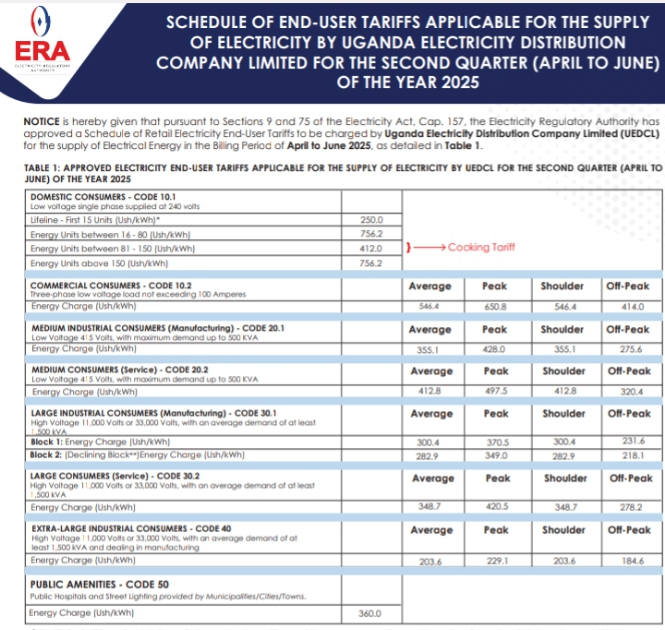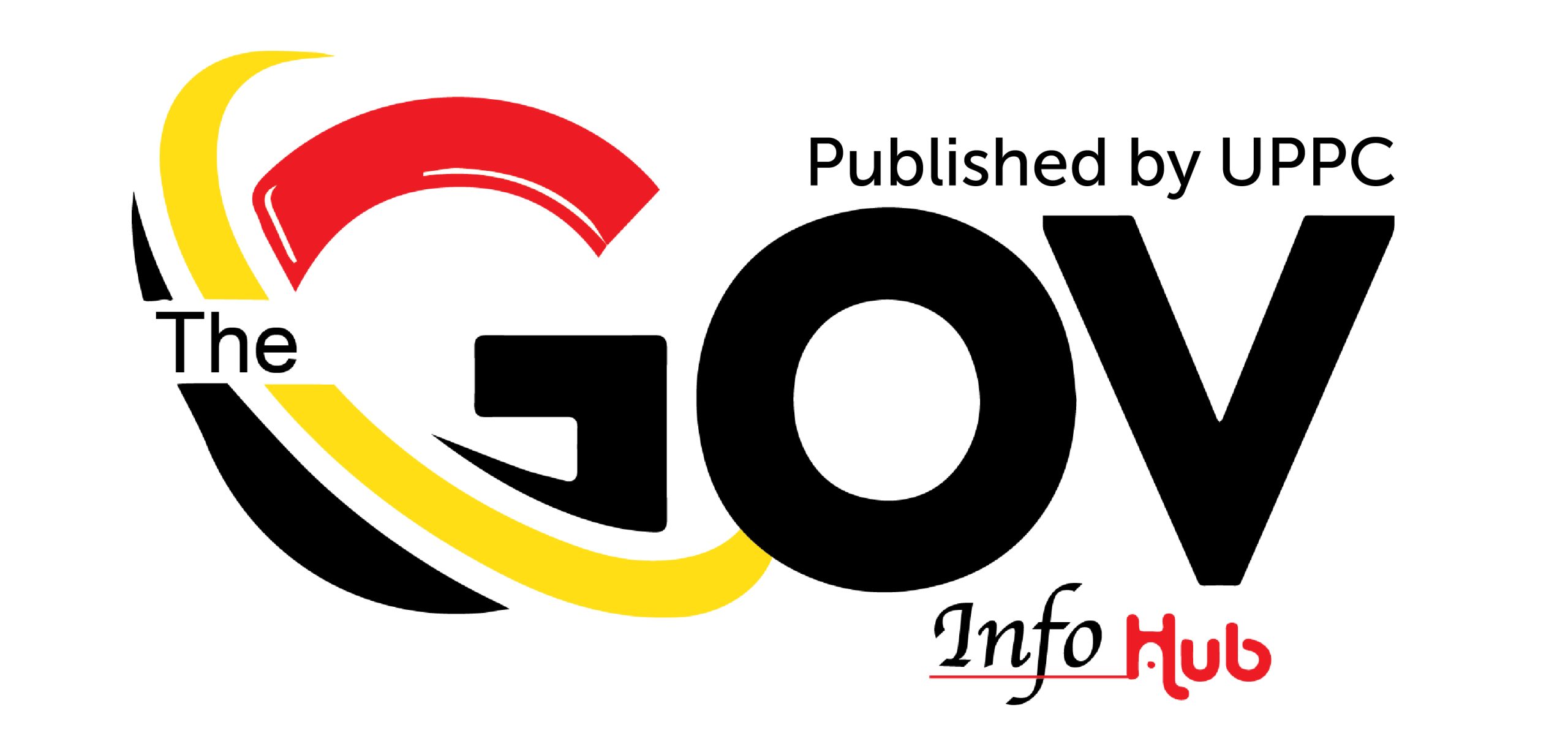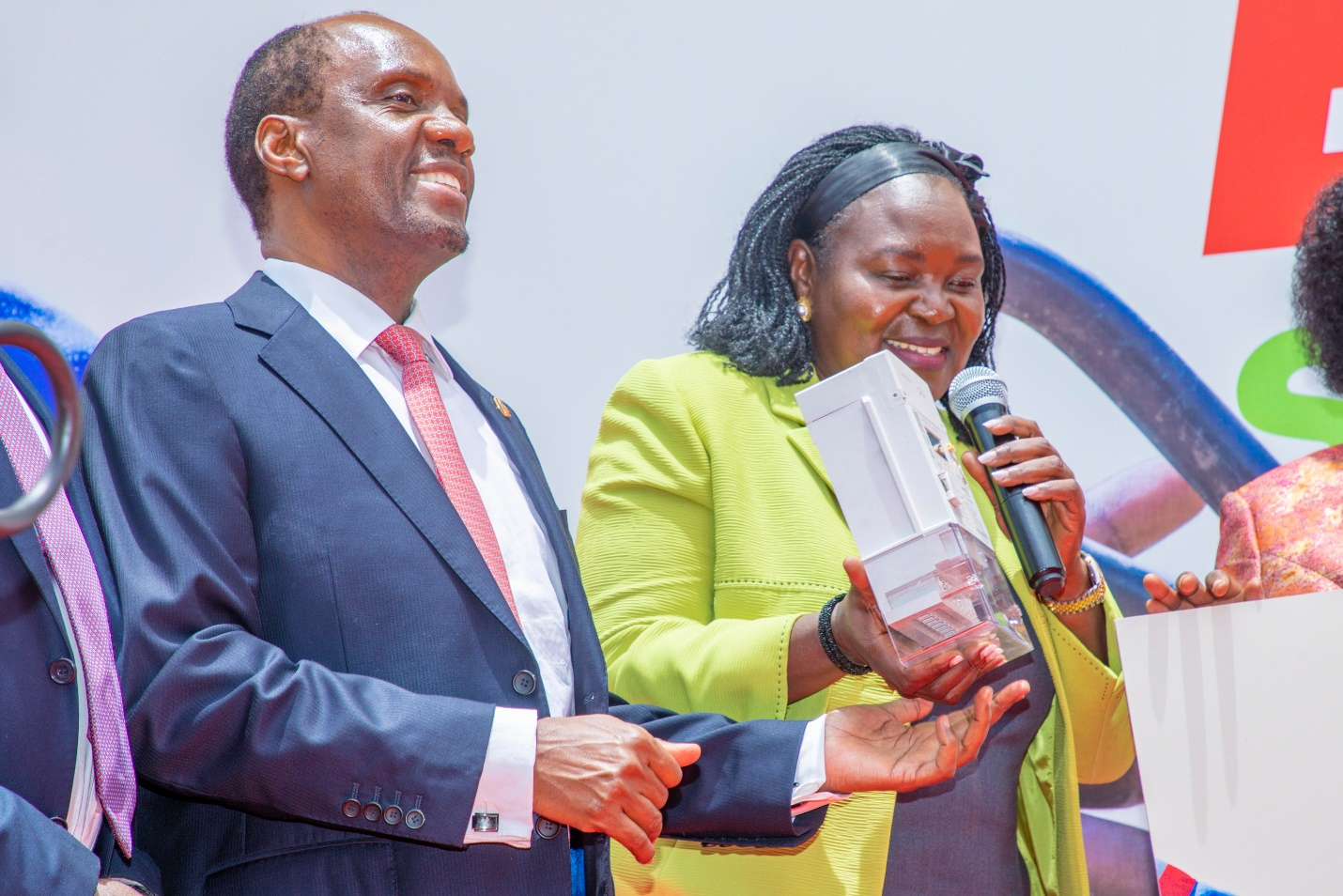When President Yoweri Museveni launched efforts in 2018 to phase out private operators in Uganda’s electricity sector, his primary concern was the high tariffs burdening citizens.
He had realized that the contracts signed between private sector companies and the government disproportionately favored the contractors, allowing them to generate substantial profits at the expense of consumers. The President repeatedly emphasized that the involvement of “middlemen” in service delivery inflated costs for both the government and the public.
Museveni subsequently challenged the relevant ministries to assess whether, two decades after the sector’s privatization, private contractors were still necessary.
Now, seven years later, the Uganda Electricity Distribution Company Limited (UEDCL) has taken over electricity supply and distribution assets previously managed by Umeme Ltd, whose 20-year concession officially ended on March 31, 2025.
Motivations for the Takeover
Most Ugandans expect two primary outcomes from this government-led move: more affordable electricity tariffs and a more stable power supply.
According to the Ministry of Energy and Mineral Development, these expectations were among the key motivations for the transition.
Permanent Secretary Irene Bateebe stated that the government’s priorities include ensuring the financial sustainability of the power sector, expanding access to electricity—especially in rural and underserved areas—and consolidating the distribution system in alignment with the Energy Policy 2023.
Other objectives include reducing operational costs in the electricity supply industry—thereby lowering tariffs, as guided by President Museveni—and enhancing efficiency through a government-owned and operated utility.
“These reforms are essential for achieving Uganda’s vision of a fully electrified nation, where every citizen has access to reliable, affordable, and sustainable electricity,” Bateebe said.
The Role of ERA and Tariff Adjustments
Electricity tariffs in Uganda are reviewed quarterly. The distribution company submits applications to the Electricity Regulatory Authority (ERA) for adjustments or maintenance of existing tariffs. ERA considers macroeconomic conditions—such as inflation, exchange rates, and the cost of inputs like fuel—when determining the next quarter’s tariff.
The approved tariff enables the distribution company to cover its operating expenses, earn a profit, and recover its investments. Under the Umeme concession, the permitted return on investment (ROI) was nearly 20 percent—double the national average for successful businesses in Uganda, which typically earn around 10 percent.
This high ROI was justified by the fact that Umeme relied heavily on high-interest commercial loans for its investments. Four years ago, UEDCL proposed reducing Umeme’s ROI to 14 percent, arguing that it would still be a profitable venture.
Now, with UEDCL—a government-owned entity—in charge, there is potential to reduce the ROI requirement further, helping lower electricity tariffs. UEDCL is expected to require fewer commercial loans, thanks to state backing.
PS Bateebe noted that the Ministries of Energy and of Finance, Planning and Economic Development requested Parliament to approve a $50 million (approximately UGX 183.7 billion) loan to help UEDCL transition effectively.
“This demonstrates the government’s financial and operational support for the electricity distribution segment,” she said.
Expert Perspectives
Gilbert Kibekityo, a Research and Policy Analyst at the Uganda Manufacturers Association, believes UEDCL’s public ownership offers a unique opportunity for reinvestment in grid modernization. This, he says, could lead to both lower tariffs and improved reliability.
He added that ongoing integration with transmission infrastructure and new projects like the Karuma Hydropower Plant should further reduce the cost per unit of electricity.
The Ministry has mandated UEDCL to increase annual household connections to 300,000, up from the current 200,000. Higher consumption levels are expected to reduce the unit cost of electricity delivery.
Kibekityo also highlighted that UEDCL, being a local public agency, can reinvest its profits into the sector, minimizing reliance on expensive commercial loans that characterized Umeme’s operations.
Public Responsibility in Tariff Reduction
While the government and UEDCL bear primary responsibility for reducing tariffs, citizens also have a role to play—particularly in reducing energy losses. Currently, total system losses stand at just over 16 percent, with a significant portion due to power theft.
When consumers steal electricity, they pass those costs on to paying customers. Vandalism also contributes to operational costs, as equipment must be replaced—raising expenditures and, ultimately, tariffs.
If vandalism is curbed, the reduced maintenance costs could be reflected in lower tariffs for consumers.
Current Tariffs and Future Outlook
Currently, domestic consumers pay UGX 250 for the first 15 units (known as the lifeline tariff) and UGX 756.2 for each subsequent unit—down from UGX 775.7 in the first quarter of 2025.
According to ERA, the tariff reductions across all consumer segments are attributed to the end of Umeme’s concession and UEDCL’s assumption of distribution responsibilities. Other contributing factors include changes in macroeconomic indicators such as the USD/UGX exchange rate, consumer price index, energy generation mix, and global fuel prices.
The approved electricity end-user tariffs for the second quarter of 2025 represent a weighted average reduction of 14 percent compared to the first quarter.



